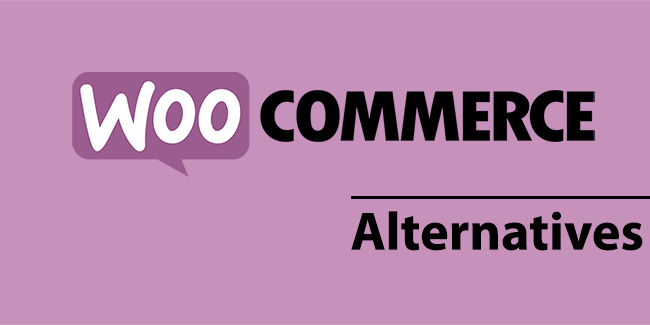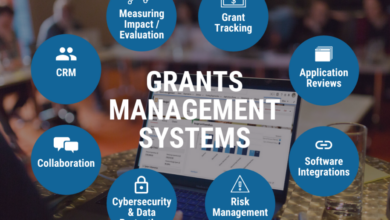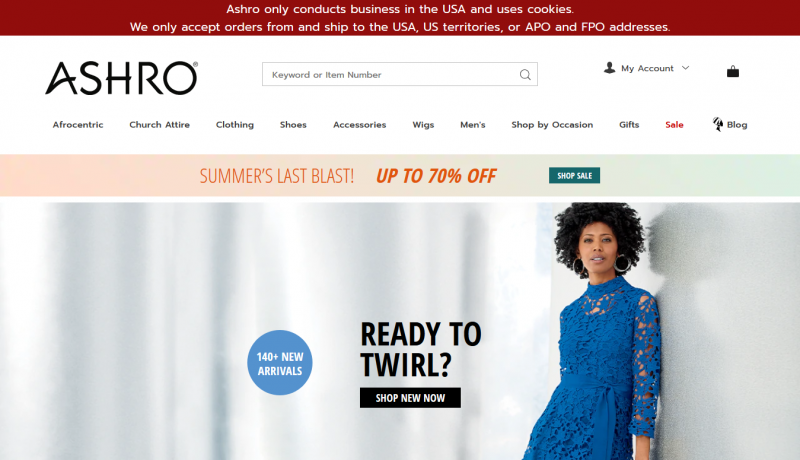How to Manage Migration Towards Headless Commerce

The past few years have revealed the advantages of headless commerce. However, few people understand transitioning from a traditional monolithic platform to a headless solution. The complexity of migrating your existing eCommerce platform may appear overwhelming. However, if you do it correctly, you are bound to boost the digital experience, increase site speed, and grow ROI (Return on investment). In this article, you will learn how to move towards headless eCommerce.
Is Headless the Ideal Solution for Your Business?
A headless solution can be sophisticated. Perusing through all the details and considering various things to determine whether headless is ideal for your business is crucial but not easy. To get started, you need to know the attributes of eCommerce firms that are excellent contenders for headless.
- Brands that focus on creating substantial digital experiences
- Mobile-first and counter-led retailers
- Firms are committed to providing their clients with an omnichannel experience
Does your company fit the above description? Are you stuck with the traditional monolithic eCommerce platform? If you are, the chances are that you are struggling to maintain a modern content-powered customer experience and marketing strategy. How, then, can you transition to headless with minimal struggle? Let’s find out.
A core advantage of headless is that you can do it gradually using a viable step-by-step concept. Here is a checklist to make your migration as smooth as possible.
Choose the Ideal Frontend Framework
You must choose the right frontend platform, which can be popular JavaScript frameworks such as Vue, Angular, or React. Choose Vue if you value scalability and speed-to-market. Angular is ideal for businesses looking forward to having a structured framework for developing complex enterprise solutions.
React is the best option for creating omnichannel experiences using reusable elements. You can choose any other frontend platform based on your needs. Consider other features like performance, flexibility, code maintenance, and innovativeness.
Understand Your Business’ Reasons for the Migration
Why do you need a headless content management system? Your answers should help you make informed decisions across the migration process. Analyze your current website implementation and ask yourself the following questions.
What problems is my company struggling with its existing platform or website, and what do I seek to achieve? In this case, you could be searching for scalability, omnichannel content delivery, or performance.
- Which among your problems will a headless solution solve effectively?
- How will the headless solution be of help?
- Figure out the effects of a headless solution on your business by answering the following questions.
- What should be my expectations during the transition? Will there be effects on my daily operations?
- What are the risks of migrating to a headless platform, and how can my team alleviate them?
- What experience do I envision for my website users once the migration is over?
There are numerous sales and marketing strategies you should prepare to maximize the platform when it goes live. Creating a plan and refining, it prepares you for kick-off once you set the modern headless content management strategy (CMS)
Set Up Core Goals for Your Organization Context
What core objectives for your business do you want to keep a tab on? Do you have specific performance, stability, scalability, and security requirements? For example, while eCommerce firms may require secure and fast payments, publishing companies will need someone with author experience.
Based on your geographical location, you may want to consider compliances and regulations with various sectors like GDPR (General Data Protection Regulation). Consider all these requirements to communicate them with your vendor or development team.
For measurable goals like performance, determine the criterion against which you’ll evaluate your new system once it goes live. These could include page error rate, throughput, or local speed.
Establish a Reusable Content Framework
To establish a reusable framework for your content, you should first; figure out the types of content you will have and format it with attributes and metadata. You will want to classify it with taxonomy and explain the connection between the various content types.
Doing so ensures the content is reusable across multiple channels like mobile applications, websites, chatbots, VR/AR apps, and in-store displays. Consider making reusable components from key components like CTA blocks and hero images. Doing so ensures that content is available in a customizable format.
Choose the Ideal Backend Technology
The backend technology you pick could be a framework like Angular, Ruby, or Laravel or a CMS like Umbraco or WordPress. A key factor to consider when choosing content management as your backend is whether it’s open-source or not.
Many popular CMSs, such as Strapi and WordPress, are open source. While they are free to use, you will need to hire developers conversant with the technologies. If you are targeting fast time to market, select an API-first CMS that allows your firm to quickly develop modern and complex platforms with a go-to-market and global reach.
Finally
Separating the frontend and backend of your website enables you to meet the needs of your developing omnichannel content delivery effectively. However, before migrating, you should first understand the headless commerce concept and your business needs. Use the tips in this article to ease your transition from a traditional omnichannel platform to headless solutions.




